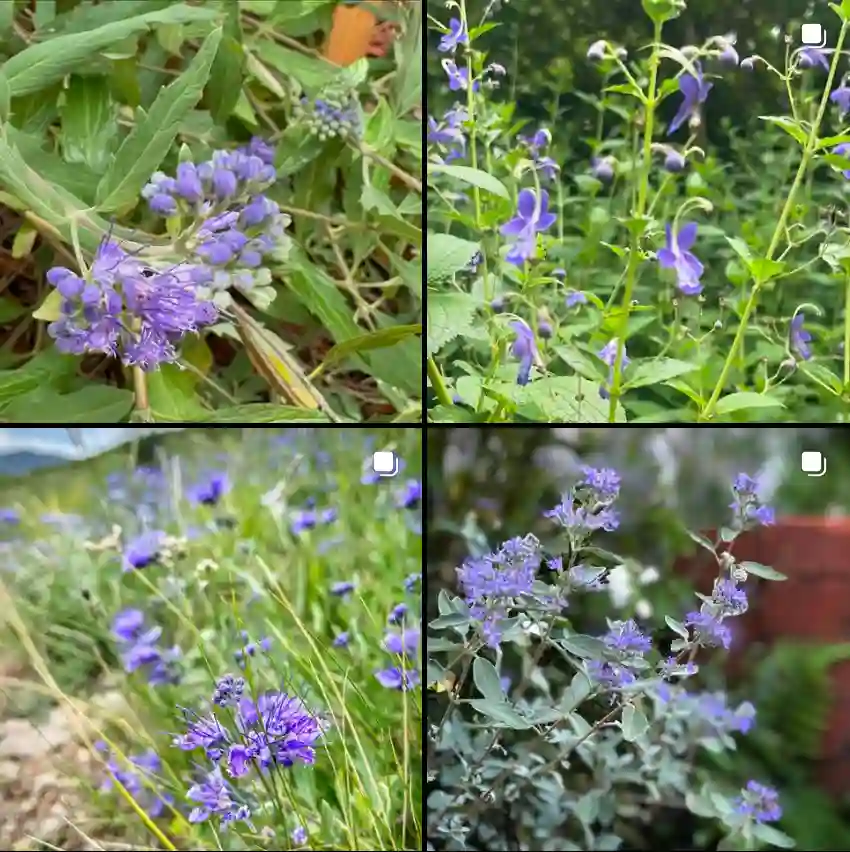
FAQs about Haworthia Truncata: A Comprehensive Guide
Haworthia Truncata is one of my favorite succulents due to its unique, striking appearance and low-maintenance nature. It’s sometimes referred to as “Horse’s Teeth” because of the distinctive flat, truncated leaves that grow in a fan-like arrangement. In this article, I’ll share my experiences and provide answers to some frequently asked questions about how to care for Haworthia Truncata, how to grow it from seeds, and other essential tips.
59 Species in Genus Haworthia
What Is Haworthia Truncata?
Haworthia Truncata is a small, slow-growing succulent native to South Africa. What I find fascinating is the leaf structure, which seems like something straight out of a sci-fi movie! The leaves have a flat, truncated top that looks like it’s been cleanly cut, with beautiful translucent windows allowing light to penetrate. These windows are part of the plant’s adaptation to its native arid environment.
How Do You Take Care of Haworthia Truncata?
Taking care of Haworthia Truncata is fairly straightforward, which is why it’s a great choice for both beginners and seasoned plant enthusiasts like myself. Here’s what I recommend:
- Light: Haworthia Truncata thrives in bright, indirect sunlight. While it can tolerate some direct sunlight, too much exposure can cause the leaves to become sunburned, turning them brown. In my experience, a spot near an east-facing window is ideal for indoor growth.
- Watering: This plant prefers the “soak and dry” method. Water deeply and allow the soil to dry out completely before watering again. Overwatering can lead to root rot, so it’s essential to let the soil dry out.
- Soil: A well-draining cactus or succulent mix works best. I like to add some perlite or pumice to ensure good drainage and prevent water from sitting in the soil.
- Temperature: Haworthia Truncata prefers temperatures between 60°F and 85°F. It’s not frost-tolerant, so if you’re growing it outdoors, bring it inside when temperatures drop below 50°F.
- Fertilizer: A light feed with a diluted succulent fertilizer once a month during the growing season (spring and summer) will keep the plant happy. I avoid fertilizing in the winter when the plant is dormant.
How to Grow Haworthia Truncata from Seeds?
Growing Haworthia Truncata from seeds is an exciting but patience-demanding process. I’ve had success with the following method:
- Sowing the Seeds: Start with a well-draining seed mix. Lightly press the seeds into the soil but do not bury them. Haworthia seeds need light to germinate.
- Water and Cover: Mist the soil lightly and cover the container with a clear plastic lid or a plastic bag to create a mini-greenhouse. This will help maintain humidity, which is crucial for seed germination.
- Light and Temperature: Place the container in a bright area but avoid direct sunlight. A temperature between 70°F and 75°F works best. Germination can take anywhere from 2 weeks to a few months, so patience is key.
- Transplanting: Once the seedlings are large enough to handle, carefully transplant them into individual pots with a well-draining succulent mix.
Can You Grow Haworthia Truncata Indoors?
Absolutely! In fact, I keep most of my Haworthia Truncata indoors where I can better control light, temperature, and watering. The plant adapts well to indoor conditions as long as it gets enough indirect sunlight. Placing it near a bright window and ensuring the pot has proper drainage is all it needs to thrive inside.
How to Propagate Haworthia Truncata?
Propagation of Haworthia Truncata can be done through offsets, and it’s my preferred method because it’s much quicker than growing from seeds.
- Offsets: Look for small plantlets (offsets) that form around the base of the mother plant. Gently remove them by cutting the offset with a clean, sharp knife.
- Planting the Offset: Let the offset callous over for a day or two to prevent rot, then plant it in well-draining soil. Water sparingly until it starts to establish itself.
What Can You Plant with Haworthia Truncata?
I like to pair Haworthia Truncata with other small succulents like Echeveria or Lithops. These plants share similar care needs and complement each other aesthetically in arrangements. Since they all thrive in similar conditions—bright, indirect light, and minimal water—they make great companions.
Is Haworthia Truncata Toxic?
One of the great things about Haworthia Truncata is that it is non-toxic to both humans and pets. I can safely keep this plant around my home without worrying about my pets getting into trouble.
What Are the Benefits of Haworthia Truncata?
Besides its stunning visual appeal, Haworthia Truncata is an excellent air purifier, improving indoor air quality. Plus, it’s easy to care for, making it a perfect plant for busy individuals or those new to succulents.
Common Problems with Haworthia Truncata
Like any plant, Haworthia Truncata can encounter issues. Here are some I’ve dealt with:
- Overwatering: The most common problem is root rot due to overwatering. It’s crucial to let the soil dry out between waterings.
- Sunburn: If the plant is exposed to too much direct sunlight, the leaves can develop brown spots. I recommend adjusting its location if you notice any discoloration.
How Does Haworthia Truncata Compare to Similar Plants?
Sometimes people confuse Haworthia Truncata with Haworthia Cooperi due to their similar translucent leaf windows. However, the leaves of Haworthia Cooperi are more bulbous, whereas Haworthia Truncata has a flat, fan-like appearance. Both are easy to care for, but Truncata’s unique shape makes it stand out.
Conclusion
Haworthia Truncata is a fascinating, low-maintenance succulent that I highly recommend for anyone interested in unique plants. With proper care, it will thrive in your home, adding beauty and intrigue to your plant collection. Whether you’re propagating it from seeds or offsets, this resilient plant will reward you with years of growth and satisfaction.
If i die, water my plants!



